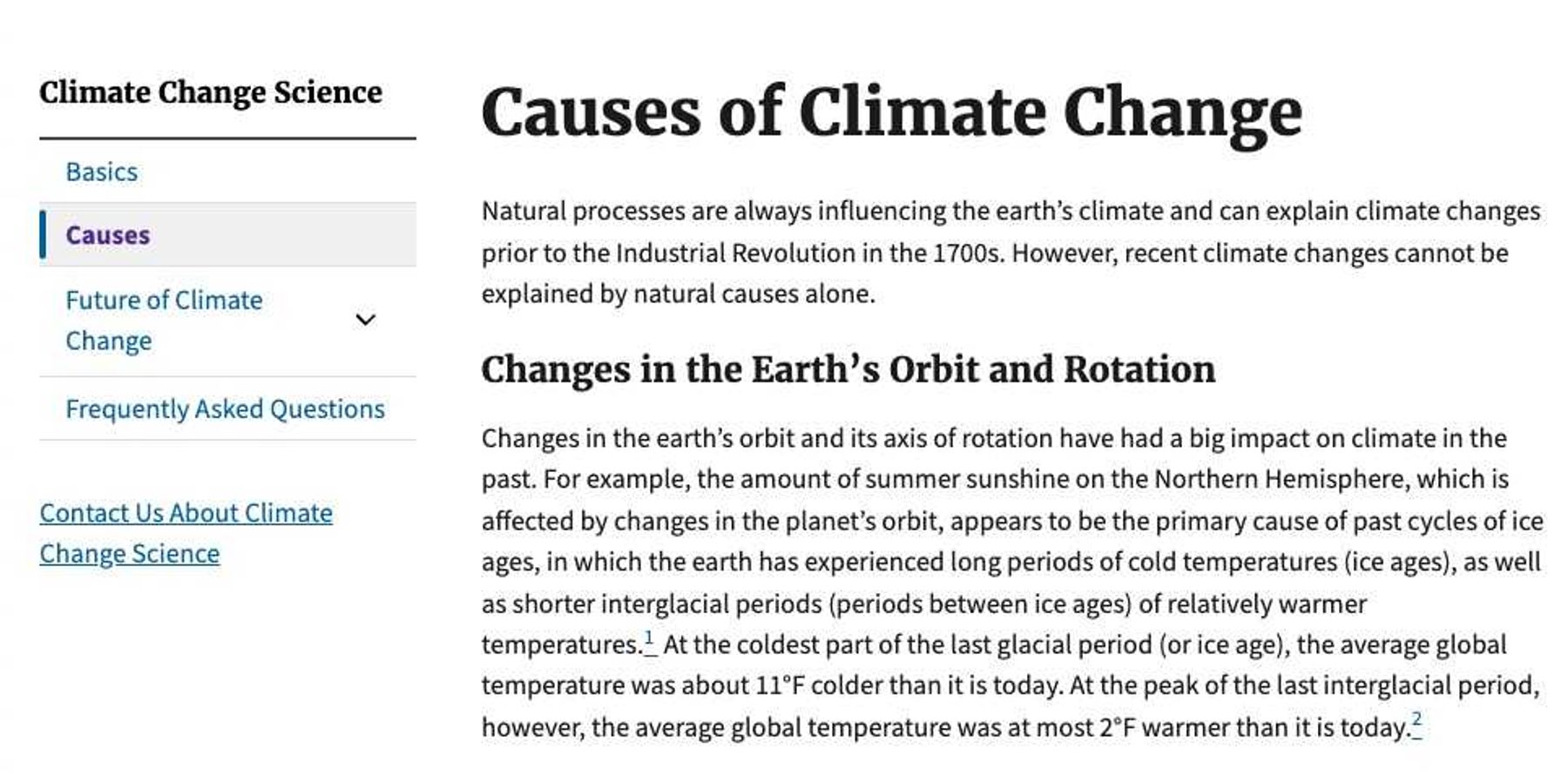Northeast storms are growing stronger as ocean heat fuels extreme nor’easters
The most intense East Coast nor’easters are getting windier, wetter, and more destructive due to rising ocean temperatures and Arctic warming, according to two new climate studies.
Bob Berwyn reports for Inside Climate News.
In short:
- New research shows that the destructive potential of the most powerful nor’easters has risen 17% since 1940, driven by a roughly 5.4% increase in wind speed.
- The studies link this trend to warming ocean waters and increased atmospheric moisture, while also tying Arctic warming to more extreme winter events in the U.S. East.
- Though average storm intensity hasn’t increased, the strongest storms are now comparable in impact to Category 1 and 2 hurricanes and may shift northward, threatening new areas.
Key quote:
“So those storms that can make it past the obstacles to development have the potential to grow stronger than they otherwise would have.”
— Michael Mann, climate scientist at the University of Pennsylvania and co-author of the research
Why this matters:
Nor’easters are among the most dangerous storms in the United States, capable of bringing paralyzing snow, coastal flooding, and hurricane-force winds. As ocean temperatures rise and Arctic warming shifts global wind patterns, these storms are intensifying in ways that complicate long-term planning for emergency management, infrastructure, and public health. The Northeast, with its dense population and aging infrastructure, is especially vulnerable. Stronger nor’easters can also disrupt food systems by damaging crops during unpredictable cold snaps and flooding farmland.
Read more: Rising ocean temperatures signal potential global disruptions













